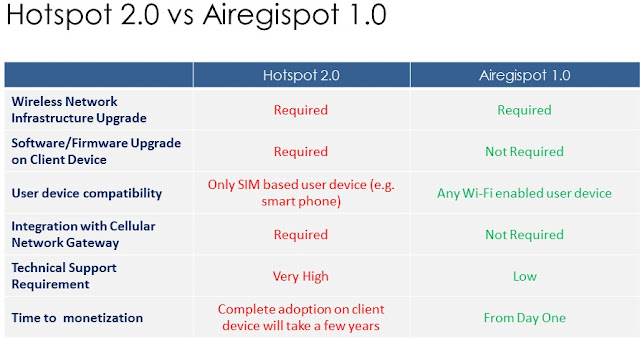If you are responsible for providing wireless hotspot service and still not ready to accept the change happening around, then better be prepared to get a customer feedback like this. Your visitors are no more just citizen. They are now netizen and smartphones have become their new passport to go over the Internet. Your outdated conventional Wi-Fi hotspot service might becoming a big hurdle to their desperation to get online as quickly as possible. Why?
Majority of smartphone users use various apps installed on their device for accessing different web service, be it accessing corporate emails, or getting access to their social content. There is an app almost for every service that you may have heard of.
Accessing the Internet in a conventional Wi-Fi hotspot environment is a multi-step procedure. A wireless hotspot user has to identify a right wireless network to connect, opt for a network usage plan online (or buy) and and complete the user authentication procedure. All these are browser inspired steps that a hotspot user has to follow before getting access to the Internet. Unfortunately, smartphone user, rarely taps on browser app to access online content. As a result what might happen is that a guest staying in your five star hotel might not be able to figure out why none of his apps are working even though smartphone shows that it is connected, leading to technical support call. In other case, if a user knows about it, he might not find user authentication very convenient over smartphone. Some wireless hotspots also have user session maintained , which gets marked to unauthenticated after inactivity of user device is detected. It becomes extremely annoying for smartphone user to do web based user authentication every-time his session expires.
Did you say that you were already experiencing similar problems ? Good news is that you are not alone and there smart Wi-Fi hotspot solution available that also fixes some other very challenging wireless hotspot problems arising due to handhelds. If interested in the solution, contact us at contact@airegis.com and we will help restore peace of your technical support team and improve your service review feedback. :-)
Majority of smartphone users use various apps installed on their device for accessing different web service, be it accessing corporate emails, or getting access to their social content. There is an app almost for every service that you may have heard of.
Accessing the Internet in a conventional Wi-Fi hotspot environment is a multi-step procedure. A wireless hotspot user has to identify a right wireless network to connect, opt for a network usage plan online (or buy) and and complete the user authentication procedure. All these are browser inspired steps that a hotspot user has to follow before getting access to the Internet. Unfortunately, smartphone user, rarely taps on browser app to access online content. As a result what might happen is that a guest staying in your five star hotel might not be able to figure out why none of his apps are working even though smartphone shows that it is connected, leading to technical support call. In other case, if a user knows about it, he might not find user authentication very convenient over smartphone. Some wireless hotspots also have user session maintained , which gets marked to unauthenticated after inactivity of user device is detected. It becomes extremely annoying for smartphone user to do web based user authentication every-time his session expires.
Did you say that you were already experiencing similar problems ? Good news is that you are not alone and there smart Wi-Fi hotspot solution available that also fixes some other very challenging wireless hotspot problems arising due to handhelds. If interested in the solution, contact us at contact@airegis.com and we will help restore peace of your technical support team and improve your service review feedback. :-)

